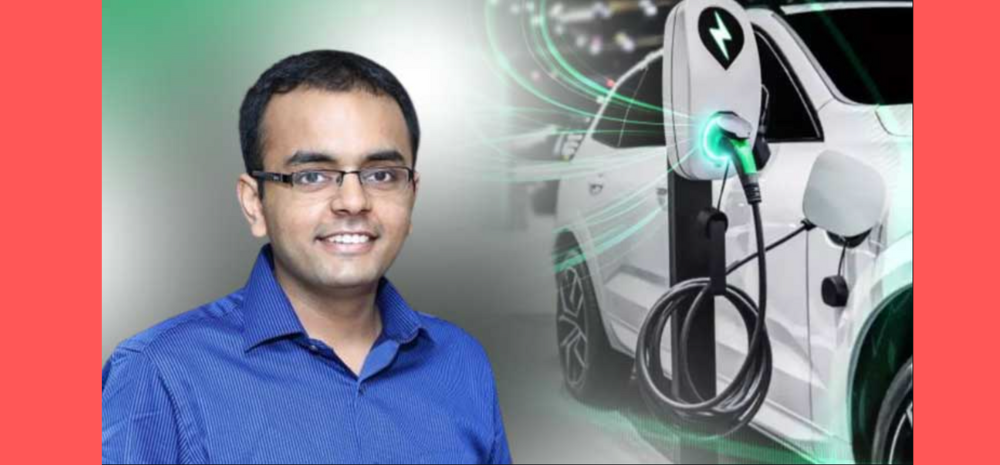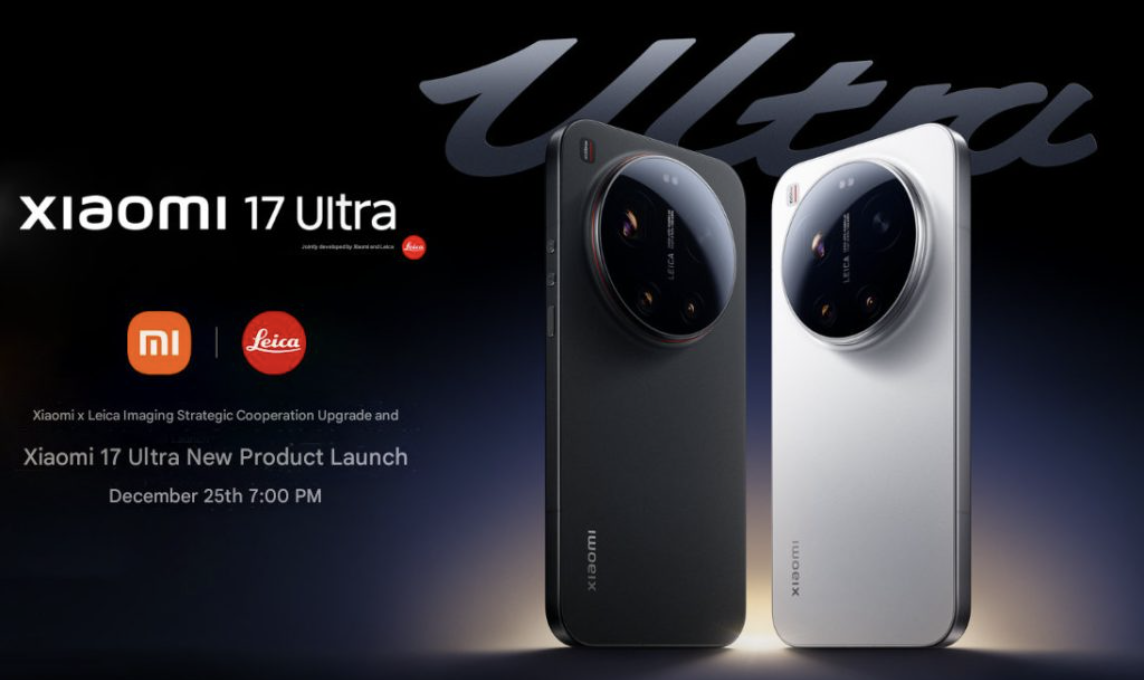An Indian researcher and his colleagues have presented a unique device that can charge an electric automobile in ten minutes and a dead laptop and phone in one minute.

Ankur Gupta, an assistant professor at the University of Colorado Boulder, and his research team have made the discovery of the new technology.
Indian Researcher’s New Invention: Device To Charge EV, Laptop, And Mobile In Ten Minutes
In the Proceedings of the National Academy of Sciences publication, a study reported on the discovery of ion mobility within an intricate web of small pores.
According to Mr. Gupta, this groundbreaking discovery has the potential to speed the creation of more efficient storage devices like supercapacitors. Mr. Gupta brought up the topic of supercapacitors, which are devices for storing energy that rely on ion collection within their pores.
Supercapacitors have been found to have faster charging speeds and longer lifespans than batteries. The associate professor stated that power grids as well as EVs and other electrical devices depend on this research for energy storage.
Power systems require efficient storage, according to Mr. Gupta, to prevent waste during times of low demand and guarantee prompt delivery during times of high demand. The researchers assert that the speed of supercapacitors is what makes them so appealing.
This breakthrough allows the simulation and prediction of ion flow in a complex network of thousands of interconnected pores in a matter of minutes. According to the researchers, prior to this discovery, ion motions were only described in one straight pore in the literature.
Scope of the Invention
According to Ankur Gupta, who was cited by Phys.org, his motivation to use his expertise in chemical engineering to advance energy storage technologies sprang from the vital role that energy would play in the planet’s future.
Mr. Gupta thought that the subject was a bit understudied, which made it an ideal opportunity. Mr. Gupta emphasized that the speed of supercapacitors is what makes them so appealing. An increase in ion mobility efficiency can speed up energy charging and release.
The breakthrough for more effective ion transport was identified as the work’s missing piece. This discovery may have implications for a wide range of areas, including consumer electronics and big power infrastructures.
Efficient ion movement leads to faster energy storage and release, improving overall performance. Supercapacitors could advance as a result of the new technology. The finding highlighted how important effective energy storage is to power networks.














